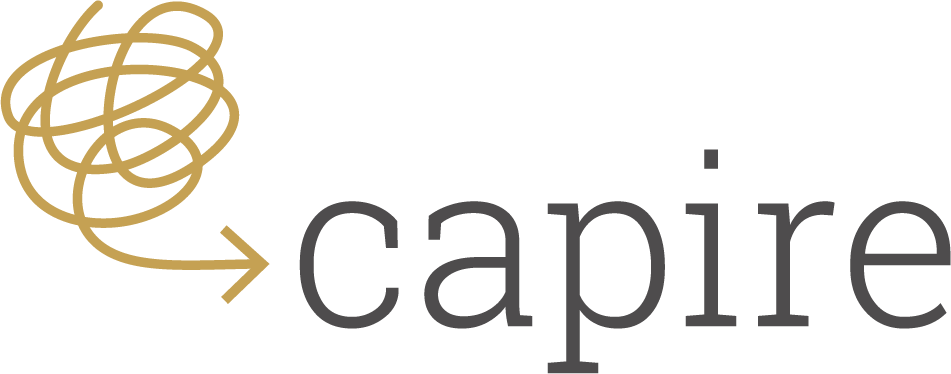How to write for a non-technical audience
When you’re knowledgeable about a subject, it’s easy to forget that other people won’t be familiar with language and concepts that you use every day.
If you’re writing about your subject for a non-technical audience, it’s important to make sure your intended readers will be able to easily understand your documents. Although you are an expert in your area, the purpose of your writing is rarely to impress your audience with your knowledge. More often, it is to help your readers understand the subject so they can make a decision or perform an action.
When you are writing about a technical or complex subject, it helps to follow these steps:
1 Decide what technical information you must include.
2 Make the technical information you write about easy to understand.
Decide what technical information you must include
If there are too many technical details in your writing, your main messages may get lost. An overly complex document can also alienate and annoy your readers. All this means you won’t get the results from your writing that you hoped for.
It helps to put yourself in your readers’ shoes to decide what technical information you need to include. Ask yourself these questions:
- What do my readers already know and understand about this subject?
- What do my readers need to learn from my document?
- How much do they care about deeply understanding this subject?
- What do I want my readers to do with the information I’m giving them?
- What do I need my readers to understand to use the information I’m giving them?
For example, most people who are deciding which new vacuum cleaner to buy will compare models to see how well they pick up dust, how heavy they are, how easy they are to use and how much they cost. They will be less interested in the specifications of the suction and filtration systems. Presenting people with too many technical details at the expense of information they want to know may make them frustrated, or cause them to lose interest and stop reading.
Make technical information easy to understand
Once you’ve decided what technical information you need to include, think about how you can make it easier for your readers to understand. Here are some tips to help.
Use plain English
Plain English techniques help make complex information understandable. These techniques include:
- using short sentences (no more than 20 words)
- sticking to one point per sentence
- using active voice rather than passive voice
- speaking to your audience (use ‘you’, ‘we’, ‘us’ and ‘our’)
- using words that your reader will understand (don’t hide behind jargon terms)
- giving clear and simple instructions
- avoiding zombie nouns (nouns made from verbs or adjectives, such as ‘collaboration’), which make writing dull and hard to read.
If you find you cannot write about something in plain English, ask yourself again if your reader really needs to know it.
Explain technical terms
Using plain English doesn’t mean you can’t include technical terms. But if you know your readers will be unfamiliar with the terms, explain them in plain English. Depending on the nature of your document, you could include a glossary or use call-out boxes to present technical terms and concepts.
Use other formats besides text
People often find it easier to understand complex information if it presented visually. Consider how diagrams, tables, charts and lists can help explain some of the technical information you need to include in your document.
If you want readers to have access to technical information that is not essential to the text, but will help them understand your main points in more depth, consider moving this information to an appendix.
Avoid lots of acronyms
Technical terms are often abbreviated to shorter forms or acronyms. It can be tempting to use lots of acronyms, as they shorten your sentences and save space on the page. But paragraphs full of acronyms can confuse your readers, slow down their reading and mean your well-crafted messages are lost on your audience.
Use acronyms in ways that help rather than hinder your readers. The golden rule is, ‘If in doubt, spell it out.’ Here are some other tips to help you decide when to use acronyms.
Be consistent
When you are using technical terms and concepts, make sure you use the same language consistently. Even slight differences (for example, ‘ampere’ or ‘amp’) will confuse readers who are already finding it challenging to grasp technical content.
Use Word’s built-in readability tool
Check the readability of your draft document using Word’s in-built tool. You’ll find this by clicking on ‘Insights’ in the ‘Editor’ menu. This tool will tell you the Flesch reading ease and Flesch-Kincaid grade level of your writing.
The New Zealand Government style guide recommends aiming for a Flesch-Kincaid grade level of 12 and a Flesch reading ease score of at least 60. As a guide, this article has a Flesch-Kincaid grade level of 10 and a Flesch reading ease score of 59.
Capire is a leading New Zealand writing consultancy for governments, NGOs and international development agencies. We help organisations transform their complexity into plain English. Find out more about how we can help your organisation or sign up for our newsletter to get more tips to improve your writing.























